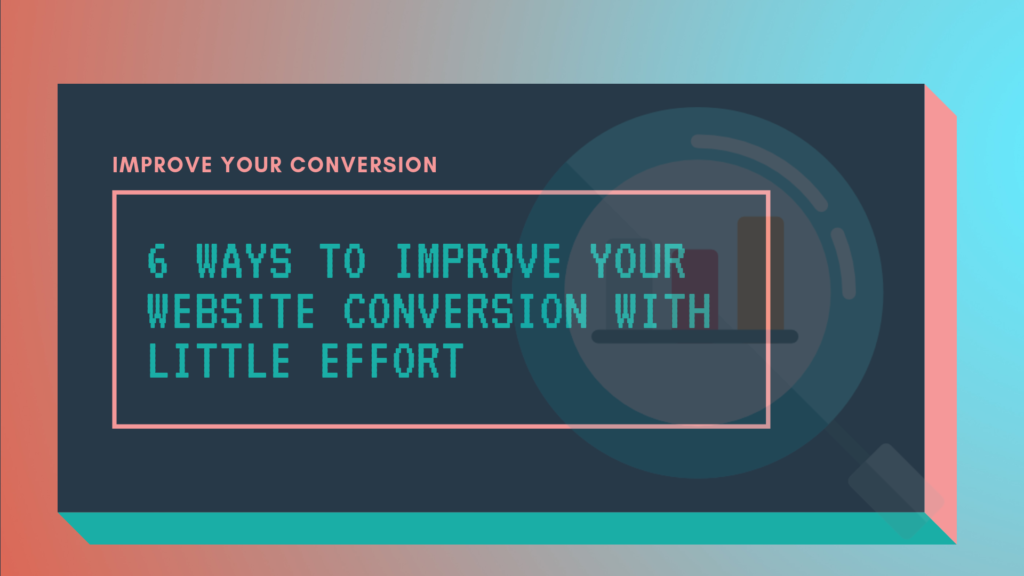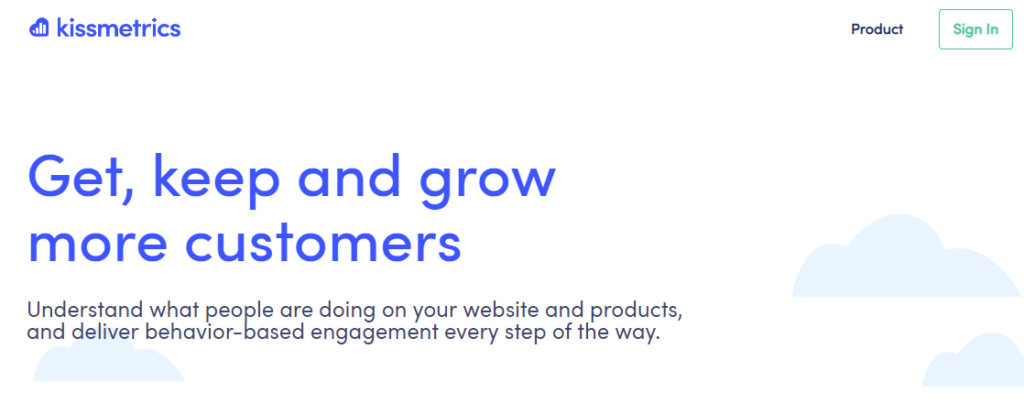
Conversion rates are the main driving force of the success of an online business. After all, if you don’t have a decent conversion rate, then you can’t expect huge sales.
Making significant changes in your overall design and strategy results in a massive increase in your conversion rates.
In other words, optimizing your conversion rates is essential to generate profit.
So, how do you exactly improve your conversions? In this post, we’ve listed six practical ways to optimize your site’s conversions with little effort on your end.
Table of Contents
Leverage on Videos
In the marketing industry, video marketing is on the rise. According to a report by the Social Media Examiner, 72 percent of marketers say that they want to learn more and tap into the power of video marketing.
If done the right way, video marketing improves your click-through rates, improve your SEO, drive traffic to your site, and boost your conversions.
Remember that people’s attention span these days are short. On average, the duration of a watched video is 2.7 minutes.
That’s why it’s crucial that your hosting should be fast so that it can support the entire video.
Moreover, you need to come up with compelling content so that you can easily capture your audience’s attention in a short period. Also, if you’re just starting out on Facebook advertising, here’s a useful Facebook Advertising Guide.
Find Influencers

No matter how great your product is, or how beautiful you present it, some people won’t purchase because they’re not interested. That’s why you need to focus on reaching out to the right people who are interested in your product.
This is where influencers come in.
Influencers are a group of people who are influential in a particular niche. They create content that’s related to the niche they specialize in. Moreover, they have a set of audience who is interested in their specialization.
Take, for instance, a travel influencer who have followers that are passionate about travel. An influencer in the travel industry can successfully promote a resort or a brand that specializes in travel accessories and gadgets.
Look for Unlinked Mentions
Also known as “link reclamation,” it’s the process of converting unlinked mentions into essential backlinks.
For more prominent brands, the number of unlinked brand mentions is vital and should be considered a significant part of your SEO strategy.
Now, we’ll talk about how you can convert those unlinked mentions into backlinks:
- Constantly monitor brand mentions so that it’s easier to spot link reclamation opportunities. You can set up alerts by utilizing a service like BuzzSumo, mention.com, ahrefs.com, and Google Alerts. Usually, these tools will email you if they found any mentions of your brand online.
- Ask journalists to link your site. Once you find the unlinked brand mention, look for the author who wrote the piece.
- If the journalists ignore your email, contact the editor. Chances are high that a journalist answers to an editor. See to it that you contact the editor that handles the topic wherein your brand was mentioned.
- Contact the copyright or corrections department if the editor ignores you. Usually, online news sites have copyright or corrections email addresses.
Proper Use of CTAs

When it comes to conversions, both the quantity and quality matter.
If you don’t have calls-to-action on your website, you’re not allowing users to convert.
So present these opportunities everywhere without being too pushy about it. Put sign-up opportunities on your sidebar, download opportunities, pop-up offers, and CTAs in the body of your articles and blog posts.
Once you improve the quality and visibility of your CTA, it can go a long way in boosting your conversion rates.
Moreover, look for contrasting colors or an accent to your CTA buttons. For instance, if your site is mostly shades of blue, look for a warm orange or a nice yellow that adds as an accent to the color palette.
Once you give your viewers a better idea of what they need to click on, (or what they need to do) they’re more likely to follow and take that risk.
Make Use of Social Proof

Social proof is incredibly powerful. Surprisingly, it’s even more potent than your product and quality of your site.
While selling a fantastic product or an aesthetically pleasing website is vital, you still need social proof to convince your audience to buy. It’s what will also encourage them to sign-up to your newsletter, or download your e-book.
Here are practical ways you can get started with social proof:
Reviews: Nobody wants to be the first person to buy something without getting an idea of how good a product is. Amazon is quick to realize this, and that’s precisely why they built an e-commerce empire based on reviews.
Testimonials: Reviews let people know the product’s quality. Meanwhile, testimonials function to show prospects what a great experience it is to do business with you.
Proof Popups: Proof popups have taken off over the last couple of years, and they’re great. They’re little popups that show site visitors what other people are doing in real-time. As a result, it creates a “buzz” effect.
Internal Linking
Focus on not letting your site visitors hit a dead end. It’s crucial that you have to keep them (as well as search engine bots) in constant movement. Put a straightforward call-to-action on your service page adding a link to your contact form.
On your home page, link to service pages. Add the name of the service page on the link so that every user knows what to expect once they click on the link.
Convert Your Way to Success
Now that you’ve learned the tactics on how to improve your site conversion rate, you’re in a much better position to convert prospects that step onto your site.
Always remember that maintaining a steady conversion rate will need continuous research and fine-tuning your efforts. So, don’t be afraid to experiment! Apply these strategies and research the latest e-commerce trends for 2019 and see what works best for you. Over time, this will undoubtedly put you into the right track.

